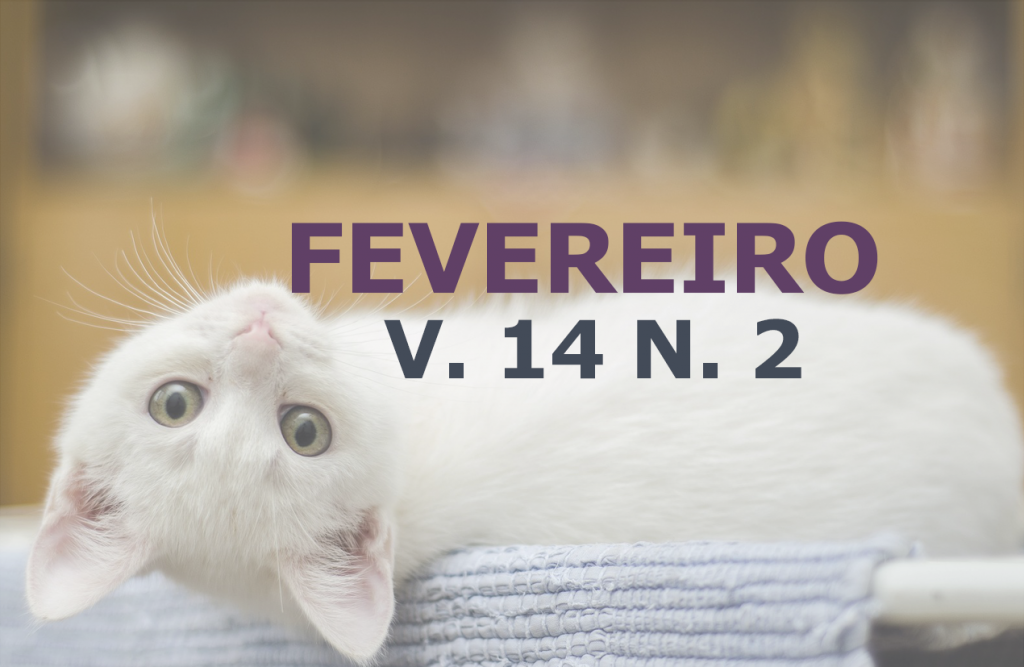Perfil epidemiológico de cães e gatos intoxicados por rodenticidas em clínica na cidade de Belém, Pará
DOI:
https://doi.org/10.31533/pubvet.v14n2a506.1-5Palavras-chave:
animais domésticos, estudo epidemiológico, veneno, óbitoResumo
A principal função do rodenticida é exterminar o respectivo animal, que é um dos principais disseminadores de várias doenças no ambiente urbano importantes para a saúde pública, como a leptospirose. No entanto, na maioria das vezes, essa substância acaba intoxicando animais de estimação e podem ser causadas acidentalmente, quando o tutor não realiza o manejo correto do veneno de rato, ou intencionalmente, quando se destina a causar intoxicação do animal, causando várias sintomatologias em que o prognóstico não é favorável. Devido à alta variedade de sintomas, sua gravidade e alta incidência de casos de intoxicação, foi realizado um levantamento epidemiológico da casuística em uma clinica particular na cidade de Belém/ PA.
Downloads
Publicado
Edição
Seção
Licença
Copyright (c) 2020 Hugo Augusto Mendonça Canelas, Amanda Melo Hamoy, Lilian Beatriz Rocha Inajosa, Isabela Cristina Santos da Silva, Alessandra Souza Negrão, Erica Flávia Silva Azevedo, Dulcideia da Conceição Palheta, Paulo Sérgio dos Santos Souto, Leony Soares Marinho

Este trabalho está licenciado sob uma licença Creative Commons Attribution 4.0 International License.
Você tem o direito de:
Compartilhar — copiar e redistribuir o material em qualquer suporte ou formato
Adaptar — remixar, transformar, e criar a partir do material para qualquer fim, mesmo que comercial.
O licenciante não pode revogar estes direitos desde que você respeite os termos da licença. De acordo com os termos seguintes:
Atribuição
— Você deve dar o crédito apropriado, prover um link para a licença e indicar se mudanças foram feitas. Você deve fazê-lo em qualquer circunstância razoável, mas de nenhuma maneira que sugira que o licenciante apoia você ou o seu uso. Sem restrições adicionais
— Você não pode aplicar termos jurídicos ou medidas de caráter tecnológico que restrinjam legalmente outros de fazerem algo que a licença permita.





